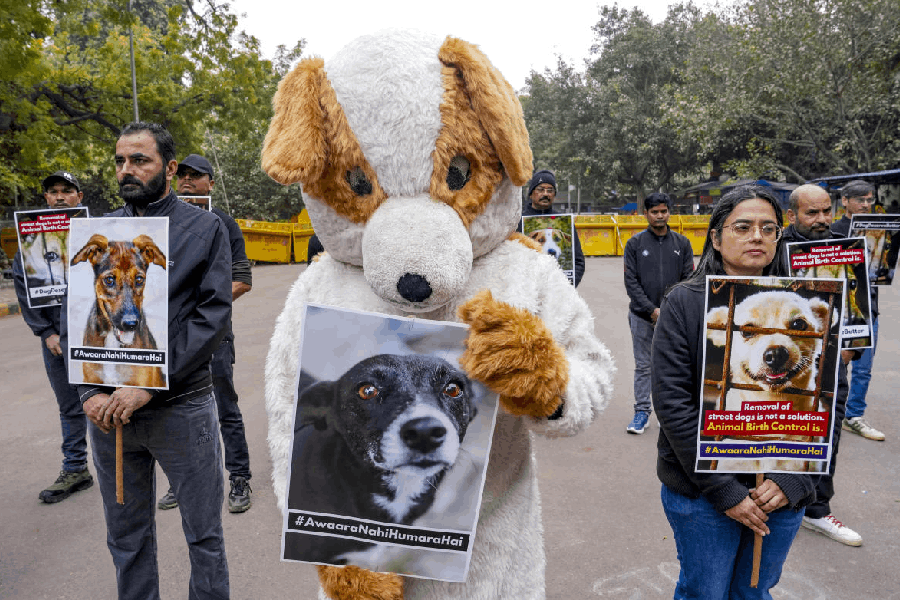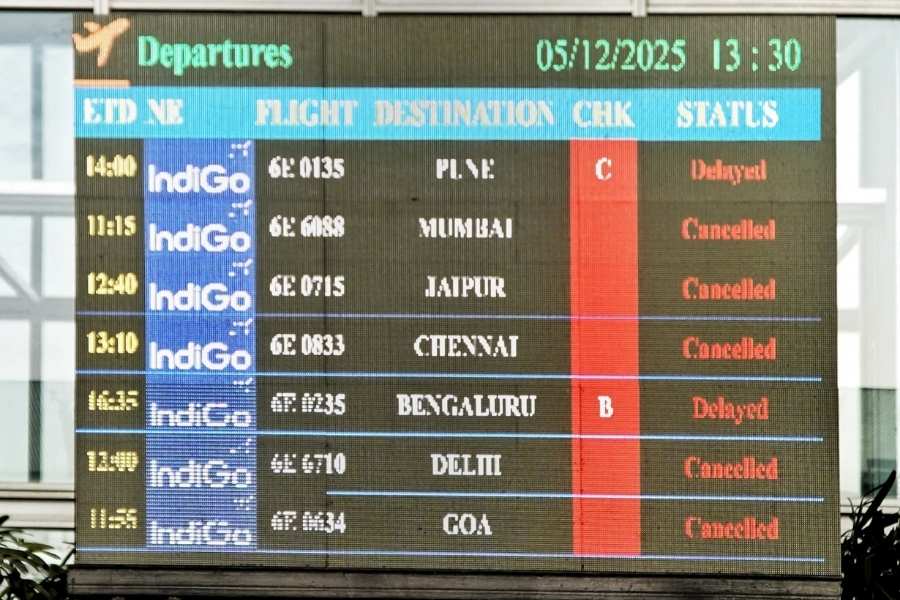The recent outbreak of dengue in Calcutta and the neighbouring districts could have been averted had the health department and civic bodies followed the Centre’s guidelines on vector-borne ailments, health department officials said.
The Calcutta Municipal Corporation and Salt Lake municipality did not report any fresh case of dengue on Sunday but doctors said hundreds in the city and its adjacent areas have been suffering from fever with dengue-like symptoms.
On Saturday, the minister of state for health, Chandrima Bhattacharya, had said 64 cases of dengue had been detected in Calcutta till August 7. In Salt Lake, the figure stands at 11.
The Union health ministry has laid down a protocol, as part of the National Vector Borne Disease Control Programme, for surveillance and prevention of dengue and other mosquito-borne diseases.
Under the protocol, the Centre has asked the authorities concerned to collect larvae and adult mosquitoes on a regular basis and conduct entomological tests for studying the disease pattern at various localities.
A health department official involved in the public health programme said the guidelines could not be implemented because of “lack of staff and infrastructure”.
The guidelines say all premises in a locality must be systematically searched for accumulated clean water, where Aedes aegypti mosquitoes that cause dengue breed.
Once the vector specimens — mosquitoes, larvae and pupae — are collected, they are to be dissected to find out whether the dengue virus is lodged inside.
If a mosquito or a larva is found to be carrying the virus, a prevention drive should immediately be launched in the locality from where the sample was collected.
“We do carry out entomological surveillance but there is lack of information about any sudden rise in the mosquito density of a particular area,” said Debashish Biswas, an entomologist working for the city civic body.
“If a resident tells us over the phone that there is a sudden increase in mosquito density in his/her locality, we will collect samples for entomological study.”
According to experts, an epidemiological study of dengue calls for recording the pattern of the disease for at least three years.
“Leave alone three years, the health department or the civic body does not have the exact number of dengue cases this year,” said an official.











